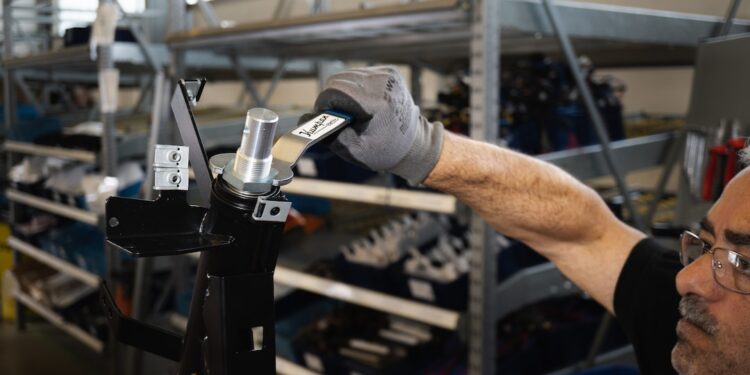Virtual reality (VR) technology has revolutionized various industries, and manufacturing is no exception. By creating immersive environments that replicate real-world scenarios, VR is transforming the way manufacturing workers are trained. This blog post will discuss the significant role of virtual reality in training manufacturing workers and the potential benefits it offers.
Traditionally, manufacturing worker training has been conducted through classroom sessions, manuals, or on-the-job experience. While these methods are effective to some extent, they often lack the hands-on approach that is crucial in manufacturing. This is where virtual reality comes in, providing an immersive and interactive learning experience that bridges the gap between theoretical knowledge and practical skills.
One of the key advantages of VR training is the ability to simulate dangerous or inaccessible situations. Manufacturing workers often encounter hazardous conditions or work with complex machinery. In such cases, it is essential to ensure their safety and minimize the risk of accidents. By using VR, workers can practice operating machinery, handling dangerous substances, or dealing with emergency situations in a controlled and risk-free environment. This not only enhances their understanding of safety protocols but also builds confidence and muscle memory, ultimately reducing the chances of workplace accidents.
Another significant aspect of VR training in manufacturing is its ability to replicate real-life factory settings. Manufacturing involves working with large-scale machinery, complex assembly lines, or intricate processes. VR can faithfully reproduce these scenarios, allowing workers to familiarize themselves with the equipment and processes before actually stepping onto the factory floor. By providing a realistic and interactive environment, VR enables workers to practice their skills, identify potential issues, and learn from their mistakes in a controlled setting.
Furthermore, VR training offers the flexibility of customization. Each manufacturing facility has its unique processes and equipment, and training workers to operate them can be time-consuming and expensive. With VR, companies can create customized simulations, tailored to their specific requirements. From operating CNC machines to assembly line procedures, VR can replicate any process, making the training experience more relevant and effective. This not only saves costs but also ensures that workers are fully prepared to handle the tasks specific to their roles in the manufacturing process.
Apart from the practical aspects, VR training has the potential to improve worker engagement and motivation. Traditional training methods can often be tedious and monotonous, leading to a lack of interest among learners. VR, on the other hand, offers an exciting and immersive experience that keeps workers engaged and motivated throughout the training. The interactive nature of VR simulations encourages active participation, curiosity, and problem-solving skills. As a result, workers are more likely to retain information and apply it effectively in their roles, leading to improved performance and increased productivity.
Moreover, VR training can significantly reduce the learning curve for new manufacturing workers. Learning complex processes or machinery operations can be overwhelming in a real-time, fast-paced working environment. By providing a virtual environment, new employees can familiarize themselves with the equipment and processes at their own pace, without the pressure of making mistakes or slowing down production. This not only boosts their confidence but also accelerates their learning process, thereby reducing training time and helping them become productive members of the workforce faster.
In conclusion, virtual reality has emerged as a game-changer in training manufacturing workers. By presenting realistic simulations, VR provides a safe and controlled environment where workers can practice their skills, familiarize themselves with equipment, and understand complex processes. It enhances safety, customization, engagement, and learning efficiency, revolutionizing the way manufacturing workers are trained. As the technology continues to evolve, VR is poised to become an indispensable tool in optimizing the training of manufacturing workers and ensuring their success in the ever-evolving manufacturing industry.














